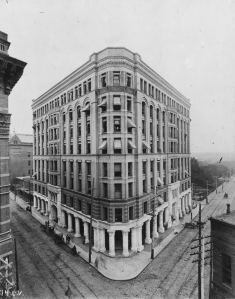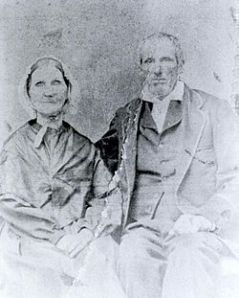Piedmont Hospital’s humble beginnings can be traced to a Jewish immigrant from Austria-Hungary specializing in gastrointestinal disease.
Dr. Ludwig Amster and his wife Fannie founded Amster Sanitarium in 1904 to treat stomach and intestinal disorders in a grand, 15-room brick-and-stone home on Capitol Avenue.
One year later, he partnered with Dr. Floyd McRae, an abdominal surgeon, changing the name to Piedmont Sanitarium with a bit of a broader scope — medical and surgical needs.
The landmark home called the Swift House, was located at 267 Capital Avenue, which today is approximately the site of the former Atlanta Fulton County Stadium.
Piedmont began with just eight rooms and three doctors — Dr. James Edgar Paullin was the third.
It grew rapidly as medicine transitioned from home remedies, healers and almshouses to more advanced practices. It acquired all the properties on its block and used the houses for nurses’ dormitories. In 1922, it built a five-story annex. In 1925, the board changed the name to Piedmont Hospital.
In 1944, the board approved the purchase of 11 acres on the corner of Peachtree and Collier roads for $60,000; land Jack J. Spalding had purchased from the Collier family, the original owners.
The wife of Dr. Floyd McRae was a Collier descendant. Mr. Spalding was the founding partner of the law firm King & Spalding and among Atlanta’s leading residents. He called his home Deerland.
Progress necessitated the move. The hospital did not have air conditioning and had grown to its maximum capacity. The area around the hospital was deteriorating as well.
On Nov. 29, 1954, ground was broken on a $5 million, 217-bed hospital on the Spalding property. John W. Vaught designed the six-story facility with four wings, nine operating rooms, three delivery rooms and two emergency rooms. An aerial view of the hospital looked like a cross, perhaps influencing the recently retired logo; a light blue cross.
Meanwhile, the old hospital was still up and running. The Atlanta Housing Authority eventually purchased it as the city eyed the land for a new municipal stadium. On March 26, 1957, 15 ambulances moved the 64 patients 10 miles to the new hospital.
The patients and the staff had breakfast on Capitol Avenue and lunch on Peachtree Road.
The modern history of Piedmont is better known. The hospital has continued to grow. Today the Buckhead campus is one of five hospitals operating under the Piedmont banner. Practically every square inch of its Buckhead campus has been used to offer more services to more patients to the point where someone like myself, who was born there — and who worked there for a summer as a college student, and whose children were born there — still needs to stop and ask directions when inside.
I would also be remiss if I didn’t mention my grandmother, Mrs. Gina Kennedy, who chaired the first two Piedmont Balls, the principal fundraiser for the hospital, which Town & Country magazine called “one of the most successful charity balls in the country” at the time.


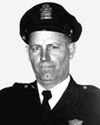
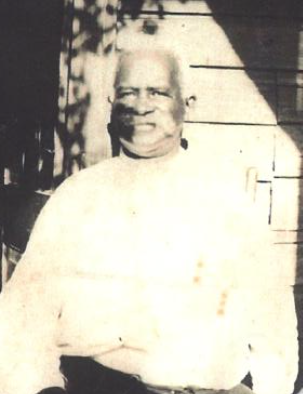

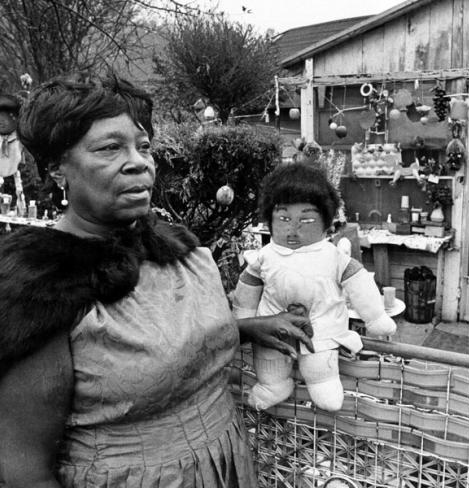

 It was the perfect time of year to spend a few hours among the seemingly abandoned grave markers, some of which have been rendered unreadable by time, the raised lettering worn away.
It was the perfect time of year to spend a few hours among the seemingly abandoned grave markers, some of which have been rendered unreadable by time, the raised lettering worn away.

